Gaza's 'Riviera'?
Dear Friends,
Many of you have asked me what people here are saying about the current American president, and his plans for Gaza. This is not the sort of thing these postcards are generally about. But because so many of you have asked, I want to try to answer. Many people here have shared their thoughts with me about the US government, and I’ve asked around too.
One person said, “he’s the worst of the worst”. Like people around the world, and probably most (though not all) readers of this blog, they wonder how Americans could have thought that electing him was a good idea.
People are enraged by his proposal to take over Gaza. I haven’t found a single person who thinks there is anything good about his plans. But they say, the idea to displace all Palestinians to other countries is not surprising: “It’s not that different from what we are used to.”1 Biden didn’t talk about ethnically cleansing Gaza. But he funded - and fully supported - doing it. Several people have told me they are happy to see media outrage about Trump’s proposal. But they are wondering why there was not the same outrage over the genocide that Biden presided over.
The idea that Palestinians should be expelled from their land is not new. It’s how the state of Israel was created in the first place, in what Palestinians call the Nakba, or ‘catastrophe’. In 1948, Israel expelled over 700,000 Palestinians - about 75% of the Palestinian population of what became Israel - to create the state, and to have a Jewish majority on the land.2 Palestinians were uprooted from land that their families had lived on for centuries. Most of them went to Jordan, Egypt, the West Bank, Gaza, Syria, and Lebanon. The descendants of those who stayed are today's Palestinian citizens of Israel (20% of the Israeli population).
There is a powerful film available on Netflix, Farha, that is a fictionalized account of what happened to one 14-year-old girl in a Palestinian village in 1948. The film has faced criticism, controversy, and calls to remove it from Netflix. As of this writing, it’s still there.
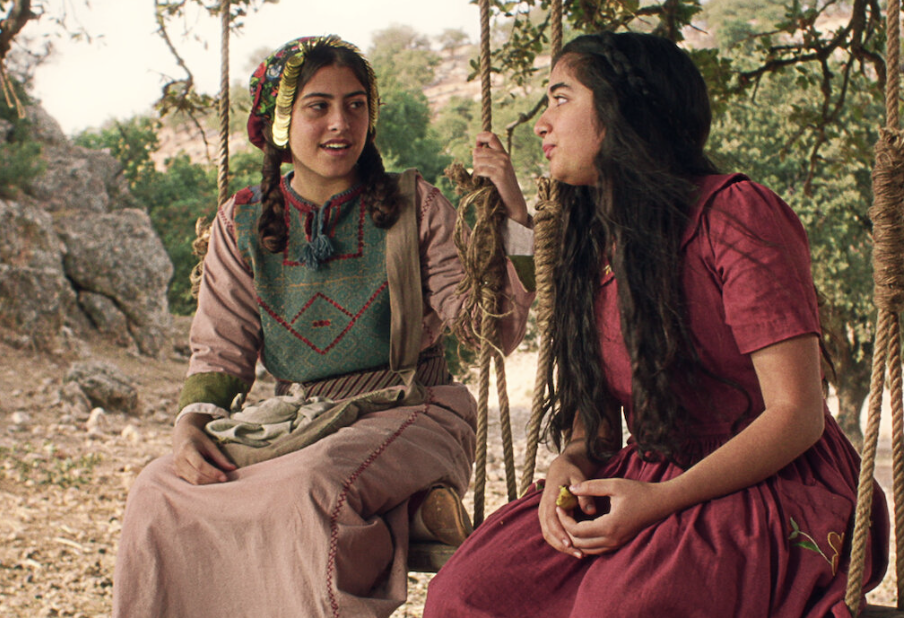
In the towns on the border, even after the 1948 war, Israel expelled inhabitants. There's a really good documentary, The Stones Cry Out, about the Christian town of Iqrit. Palestinians were told to leave, and informed that they would be able to come back after about two weeks. But the Israeli army didn't allow them to return, so they took the case to the Israeli Supreme Court. The Court ruled in the Palestinians' favor, but the army destroyed the village. (You can watch the film here.)
To this day, Israel destroys Palestinian homes on land that they want to take over - the UN has called for an end to these demolitions. It's not as accelerated as what's happening in Gaza, but it's an ongoing process that Palestinians live with.
As you may know, the Academy Award for Best Documentary this year went to No Other Land, a film that documents Israel’s ethnic cleansing in the West Bank, including the expulsion of over 1000 people. In spite of the critical acclaim the film has received, it has not (yet) found a distributor in the US. The NY Times reports, “The film is often brutal, featuring disturbing images of razed houses, crying children, bereft mothers and even on-camera shootings”.
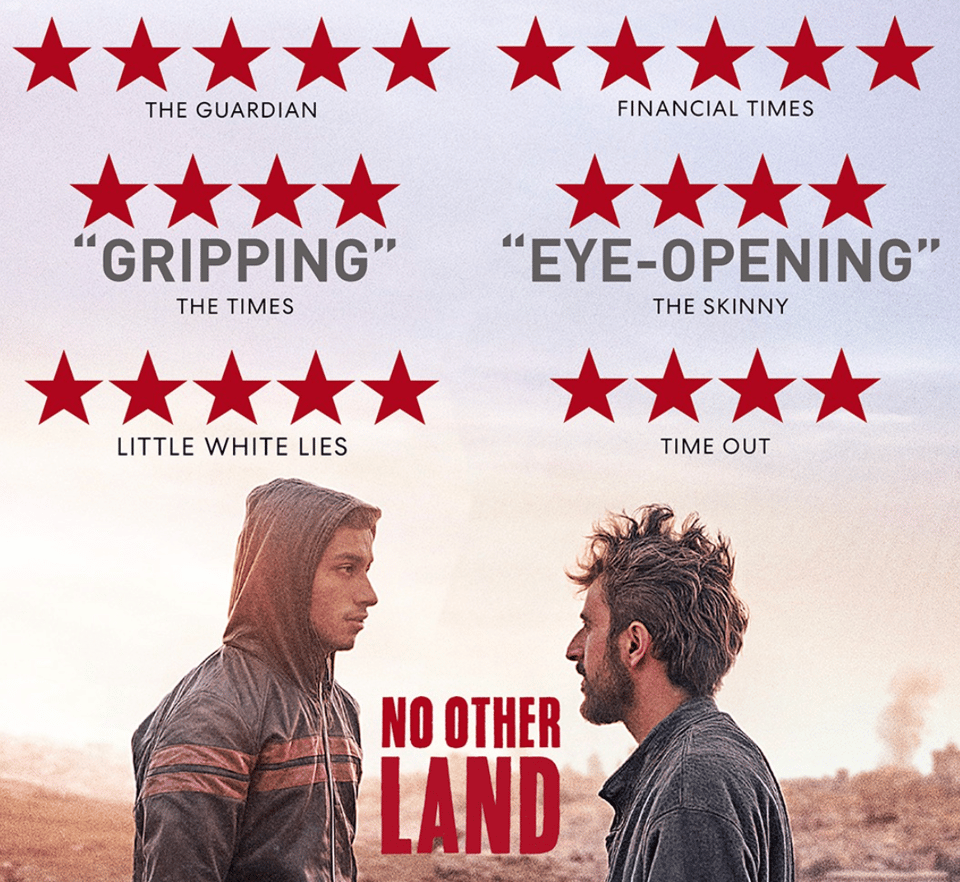
More than 175,000 Palestinian homes have been demolished since 1947, according to the Israeli Committee Against Home Demolitions (ICAHD).
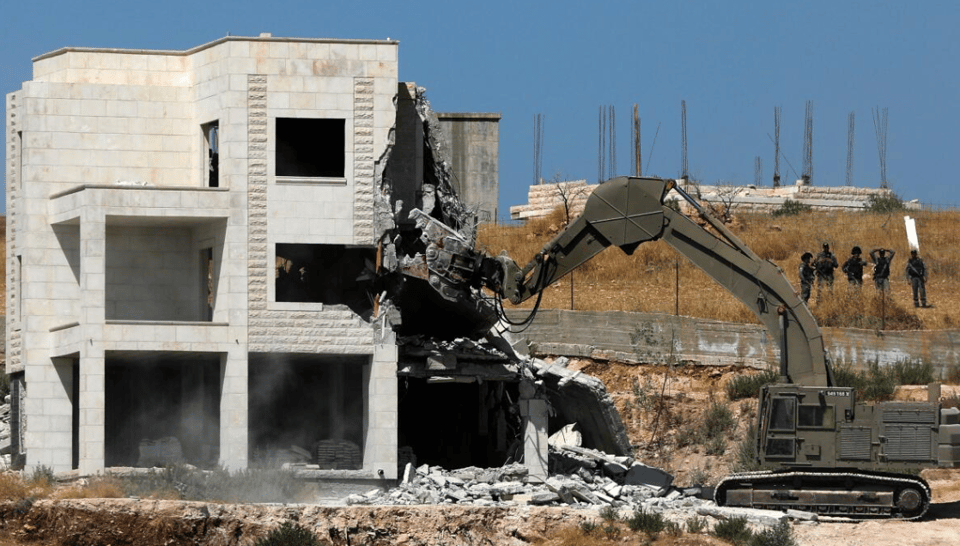
In the words of the brilliant Palestinian poet Mohammed El-Kurd, the issue with Trump’s plan “is not with the policy or the action… the issue is with the aesthetics, with the optics."
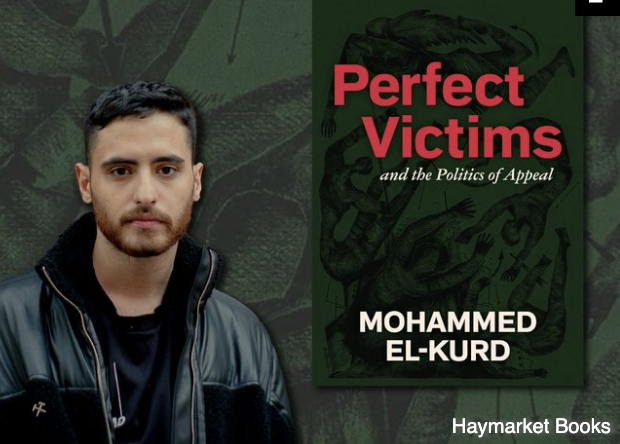
And since I’m writing about Gaza, I’ll leave you with a photo and a piece of news. People in Ramallah are very happy that it’s Ramadan, and they look forward to their iftar dinners after sunset to break their fasts. This beautiful image shows a community iftar in Gaza two days ago, in spite of the destruction everywhere:
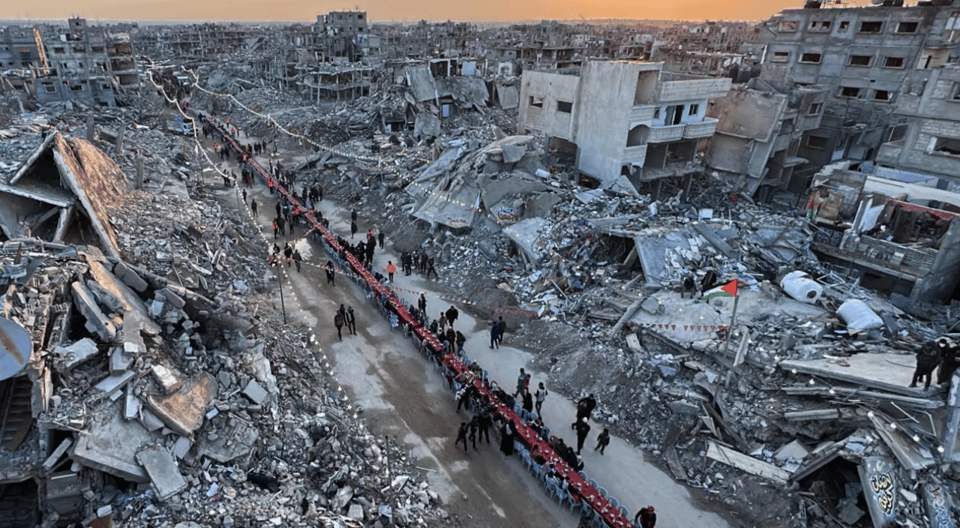
Most people here have relatives living in Gaza, and they are distraught, especially because Israel announced that it would not allow any aid, including food, medicine, or water, to enter Gaza. In other words, they are using mass starvation as a weapon of war.
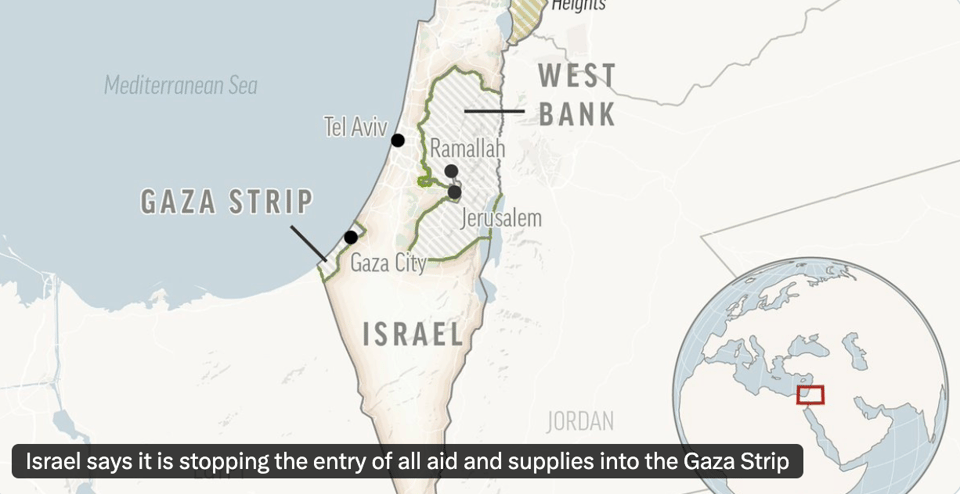
I don’t know of a previous ‘war’ in which one side controlled everything that entered the territory of the opposing side. Israel has controlled everything and everyone that enters or leaves Gaza not only for the last year and a half, but for the last 17 years.
One person who offered her views to me said that every US president has supported the ethnic cleansing of Palestine. This one is just doing it openly. She said, “Thank you, Orange Man, for your honesty.”
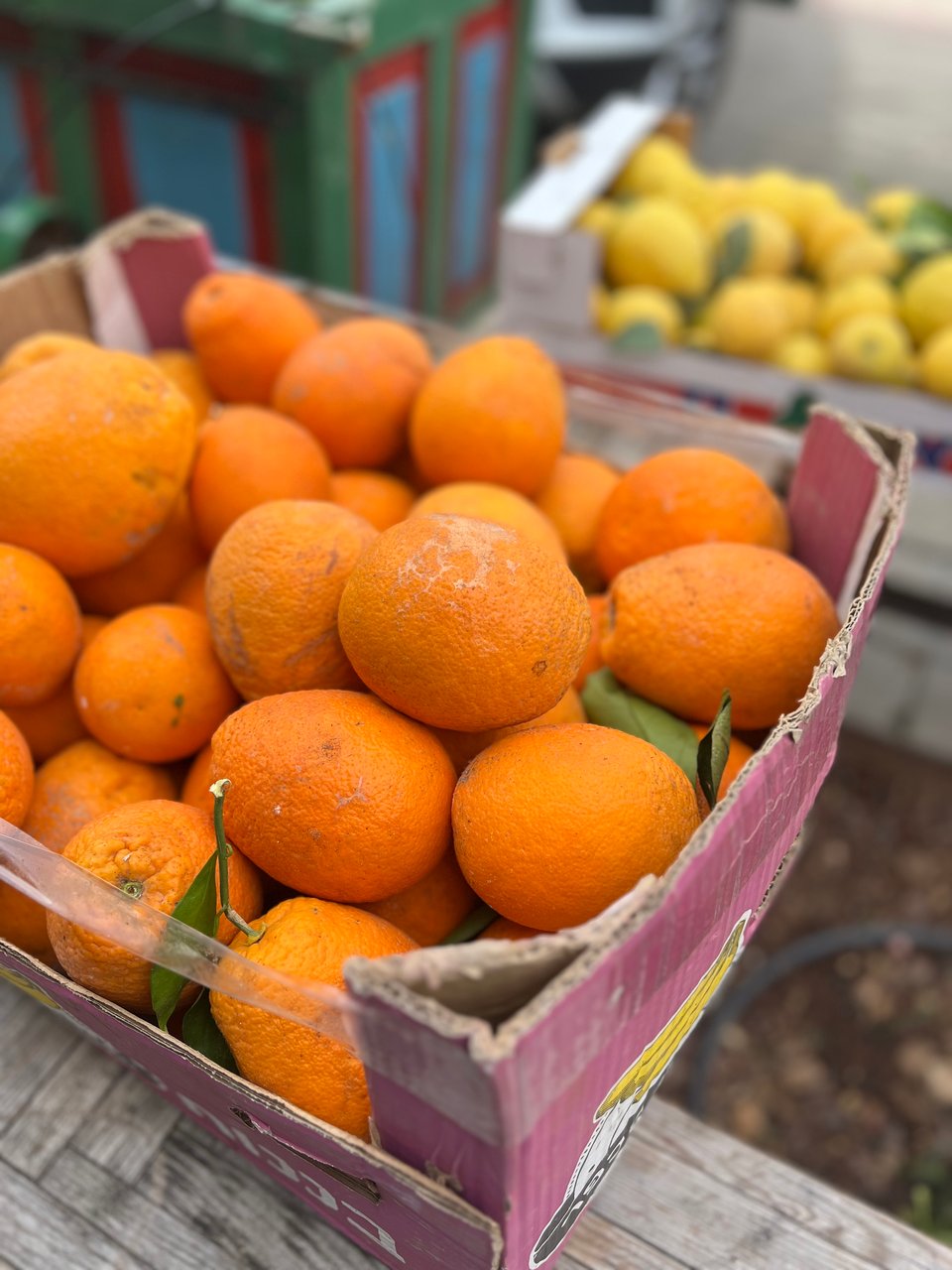
Please feel free to reach out to me if you have questions or comments you’d like to share, about this or anything else.
Salaam,
Nancy
More information for those who want to read even more!
1In 1917, the land of Palestine had been part of the Ottoman Empire. At the time, the British government published an important historical document known as the Balfour Declaration. The letter stated, "His Majesty's Government view with favour the establishment in Palestine of a national home for the Jewish people, and will use their best endeavours to facilitate the achievement of this object…". One of my professors here at Birzeit University noted that Trump’s proposal for Gaza is a modern version of the Balfour Declaration: a statement of colonial intent by an imperial power, with no rights to the land that is populated by other people.
2The story I learned when I was young about why so many Palestinians left the land that was to become Israel, was that they left voluntarily. I was taught that it was either because they didn’t want to live with Jews, or because leaders of Arab countries advised them to leave. Neither is true. The ethnic cleansing of Palestine is well documented by historians, including the Israeli scholar Ilan Pappé. Another film that reveals what happened in 1948 is Tantura, which features testimony from Palestinians and from Israeli soldiers who were there.